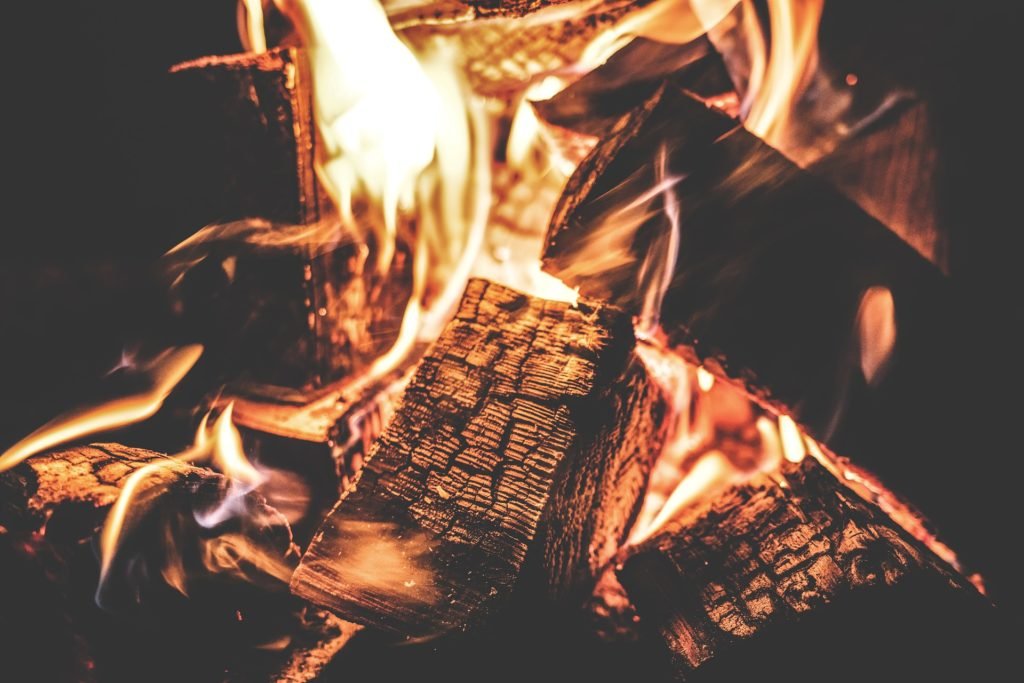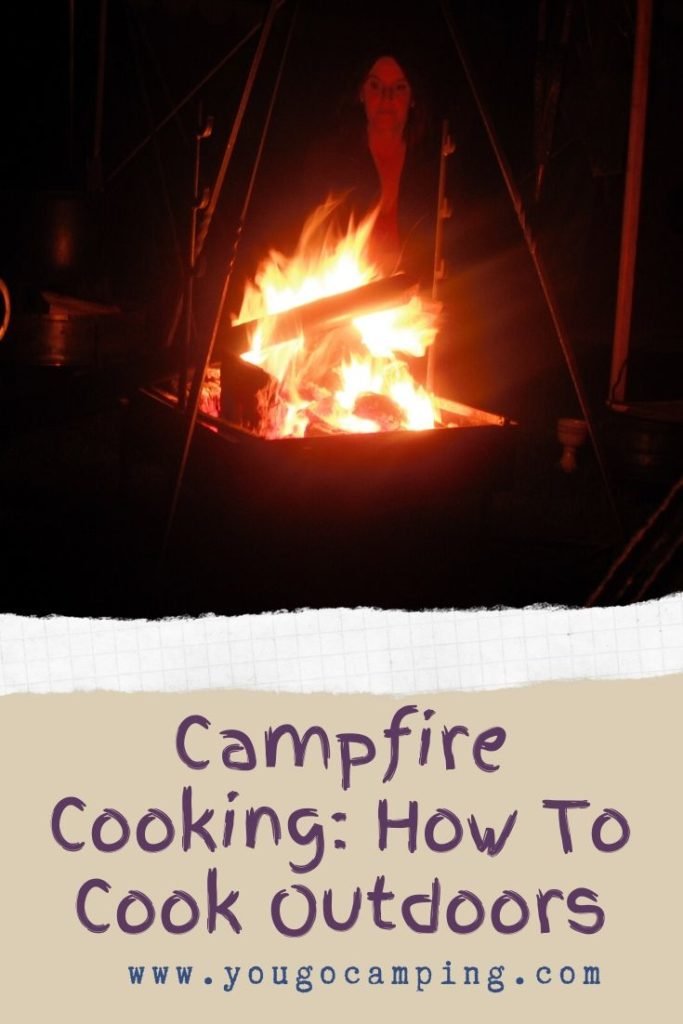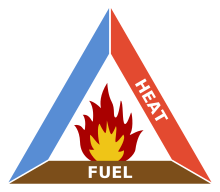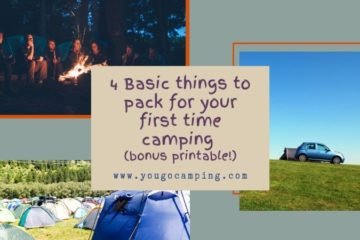Cooking outdoors can be as easy as cooking at home, or it can be super exciting involving fire! We wrote an article a few weeks ago on the different types of camping stove available for, but today we’d like to expand on that a bit and discuss one of our favourite ways to cook outdoors; campfire cooking.
There are five basic needs for human survival: Clean, breathable air (oxygen), clean drinking water, food, shelter (warmth), and safety. Now we’re not assuming you’re planning to go it alone and survive in the woods, but if you were… this is how you cook outdoors!
Depending on whether you’re using a gas stove, barbecue, fire pit or wood-burning stove, cooking outdoors, cooking outdoors can be pretty similar to cooking indoors on a regular domestic stove. There are certainly some hacks that make it a bit easier though!
Important safety note: DO NOT use a stove or barbecue inside your tent. NEVER leave a barbecue or brazier smouldering while you sleep inside your tent. The risk of carbon monoxide poisoning is incredibly high in areas that are not well ventilated and sadly every single year campers die from not being serious about the risks of carbon monoxide poisoning

How do you build a campfire for cooking?
In the UK, it’s fairly rare to find a campsite that allows campfires. It’s not totally uncommon, there are definitely a few and more and more are allowing campfire every year, but there are definitely stipulations. Most sites will not allow you to have a campfire directly only the ground as it damages the earth. Sites that do allow campfires usually provide specific places where fire pits are made.
You’ll need to go right back to high school science: The Fire Triangle. To keep burning, a fire needs 3 things: Heat, Fuel and Oxygen. Heat is introduced by whatever you use to light it, fuel is wood and oxygen tells you that you need to allow air to flow.
Building your fire:
Things you will need:
- Tinder
- Kindling
- Wood
- Somewhere safe to star the fire
- Something to light it with
There are many different designs of campfire – have a look online and see which ones you like. We use the basic pyramid.
Tinder is something that catches easily. It can be really dry grass, cotton wool or wood shavings. We use cotton wool balls dipped in candle (paraffin) wax. They catch easily and burn well. We sometimes use tumble dryer fluff dipped in wax for extra eco points!
Place the tinder in the middle of a well cleaned, dry fire space.
The next layer is the kindling. Kindling is wood that’s dry and about a finger’s width. Not too thick – so it catches easily, but not too thin, so that it has a longer burning time.
Place the kindling on top of the tinder, stand the pieces up against each other in a pyramid shape.
Burning wood is a good, thick, dry wood. Don’t choose completely dead and rotten wood though – it will burn very fast and won’t burn that hot. You need wood or logs that are dry and solid. Wood should be seasoned – that is, left to dry for a year after being cut. Seasoned wood is solid, dry and not green.
Light the tinder. We use a lighter. Good old bic! If you’re going to do backwoods survival, there’s flints and fire sticks and firelighters available. There’s even rubbing dry sticks together to create a burning ember. For us, we do prefer the convenience of a lighter or matches.
Keeping a campfire burning
When your tinder has caught, give it a gentle blow. Gentle. You don’t want to blow your fire out, just to give it a helping hand. As long as you have enough tinder, your kindling should start catching. This is when you remember the oxygen part of the fire triangle. Your fire needs oxygen to keep going, so when you add the wood or logs you’re using for the fire, don’t pile them on. Take your time.
Building a campfire is an art form and should be enjoyed. Put a couple of logs onto the fire and wait for them to catch. Then you can add more. Depending on the size of the logs/fire, there really isn’t any need to put a huge amount of logs on a fire. 3-4 forearm sized logs at a time should be fine.
Which wood to use when campfire cooking?
Most campfires are perfectly fine to cook on. Stick a marshmallow (giant ones work best) on a stick, hold it over the fire until it goes brown and bubbly, then burn your mouth eating that sweet, gooey goodness…grab marshmallow, grab stick and repeat.
However, there are some woods that should not be used for cooking:
Oleander, Rhododendron, Cashew Nut, Sumac, painted/treated wood (like old fence panels), driftwood. DO NOT use any of these woods for cooking.
The woods can release toxic chemicals when burned. Treated/painted wood can release toxins such as arsenic when burned (not the ideal seasoning for your marshmallow) and driftwood can release environmental toxins. So be aware of what wood you’re choosing hen you build your fire.

Cooking over an open fire
When we’re at re-enactments, we love to cook over the open fire! We have a fire pit to keep the fire off the ground. We light the fire in the morning and keep it burning all day, with something over it to cook.
You can use any pots designed for a flame over a campfire (not the special induction pots). However, most people have aluminium or steel cook sets. For re-enactment, we use cast iron because it’s more period specific.
We’ve cooked some amazing things over our campfire! From bread to gammon, we’re never starved with a fire around.
- Bread can either be cooked in a saucepan with a lid (Dutch oven), or wrapped around a stick and held above the fire.
- Sweetcorn is amazing when wrapped in foil with a bit of butter and thrown in the coals – as are jacket potatoes and sweet potatoes.
- We love a good stew: meat, vegetables, grains and stock simmered for hours over the fire.
- The early morning fry up tastes that bit better with the slight smoky edge of the fire.
- There’s always to staples: beans, corned beef hash etc.
Recipes to follow in a later article.
Fire safety
When working with fire, remember the number one safety rule: Fire is hot and so is anything on it! You’d be surprised at the number of people at a re-enactment who see a burning fire, ask if it’s real and then stick their hand in it.
Fire is hot. Fire will burn. Saucepans on a fire will get hot! Water will boil! Food will be hot! I can’t stress enough that fire means hot! Be careful and respect the fire – don’t burn yourself because you forgot that fire is hot!
Always keep a fire extinguisher, or at least a bucket of water, near your fire. Sparks can fly and catch other things (go on, ask us how we got a window in our medieval tent…), fires can fall and logs can decide to spit in strange directions. Be prepared to put out the fire if necessary. Before you begin building your fire, start by filling your bucket with water.
Never, ever throw anything in the fire that is not designed to be burned! Plastics throw off some extremely unpleasant toxins when they burn. Aerosols and lighters should never be disposed of in a fire – the will explode and someone will get hurt. Stick to wood and natural fibres and your fire will be healthy.
In the same vein, never use lighter fluid or petrol to light a fire. It may seem like the easy option, but the burns aren’t worth it. Both liquids are extremely flammable and the flame can travel from fire to bottle and explode the bottle. Just don’t risk it. DO NOT have gas cannisters anywhere near your fire! If a gas cannister explodes, it’s not a pretty sight. Please don’t do it. Keep your gas well away from the flames and check the cannister to make sure that it’s not heating up.
Putting out your campfire
When you are finished with your fire, make sure that it is out completely. Rake over the embers and check for heat spots. An improperly put out fire can burst into flame at any point (especially if you’ve spent two hours trying to light it!). Rake the embers over and look for glowing red, keep raking until there is no glowing. Spread the embers as thin as possible over the fire site.

If you’re not going to be using your fire for a day or so, or you’re leaving your site, put the fire out with water. Douse the whole thing with water. Make sure it’s definitely out. Never leave a fire unattended, and never leave a fire unless you are absolutely certain it isn’t burning anymore.
Do you love campfire cooking? What’s your favourite thing to cook? We’d love to hear it in the comments below! Did you love this article? Share it on Pinterest!




1 Comment
Camping Food: Ideas for Camping Breakfast - Yougo Camping · November 17, 2019 at 1:41 am
[…] are a good choice for people who are worried about food storage or cooking outdoors (check out this article on campfire cooking!). Many of the modern ones include a flameless ration heater to heat it […]